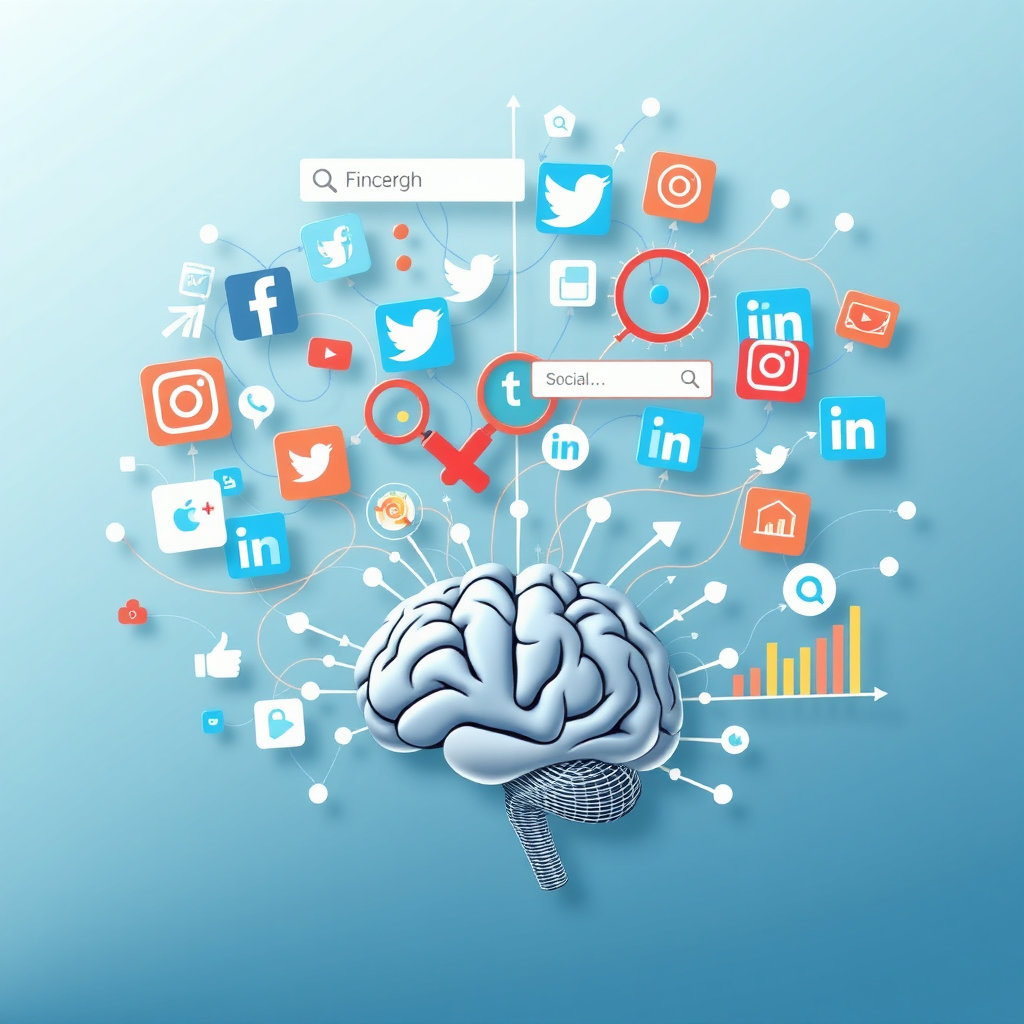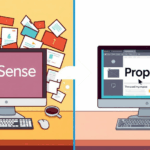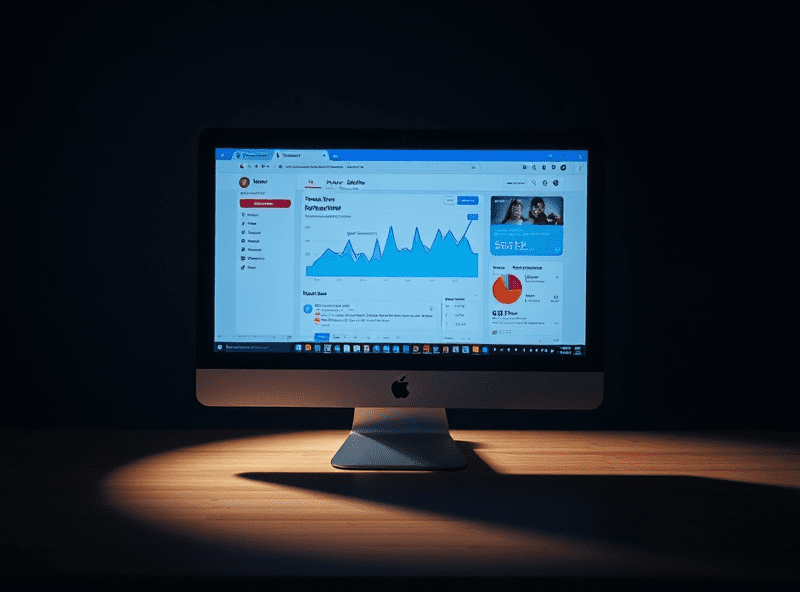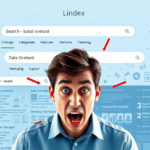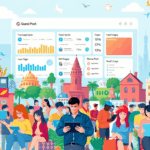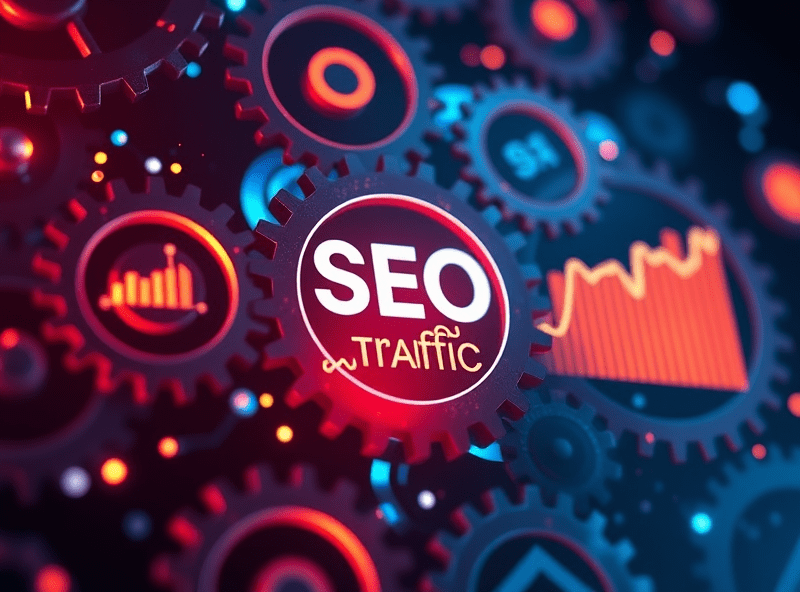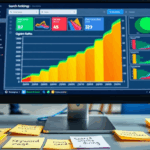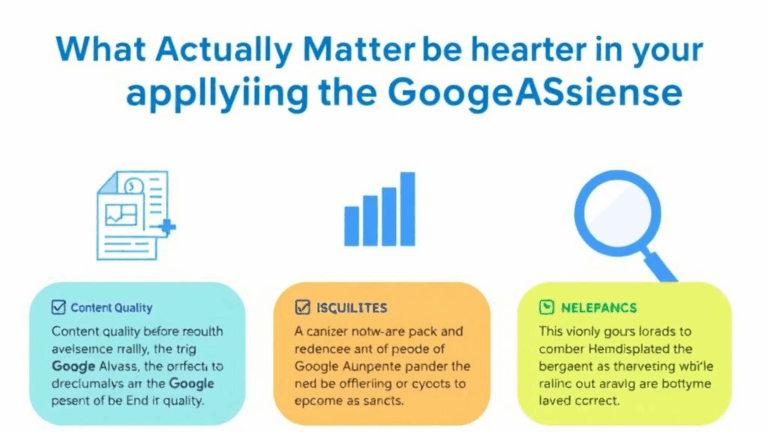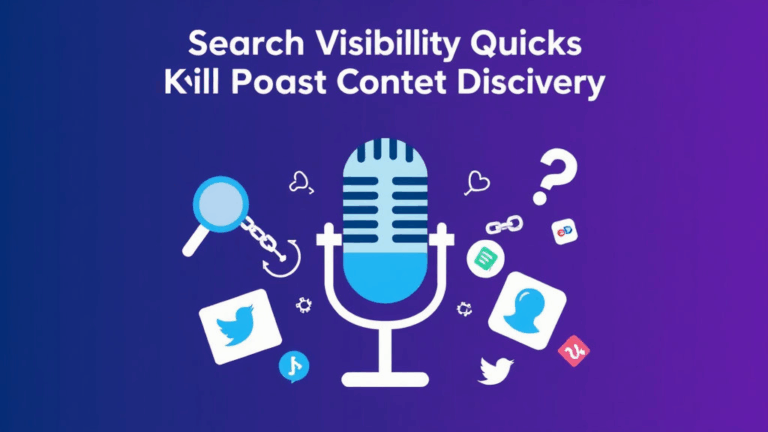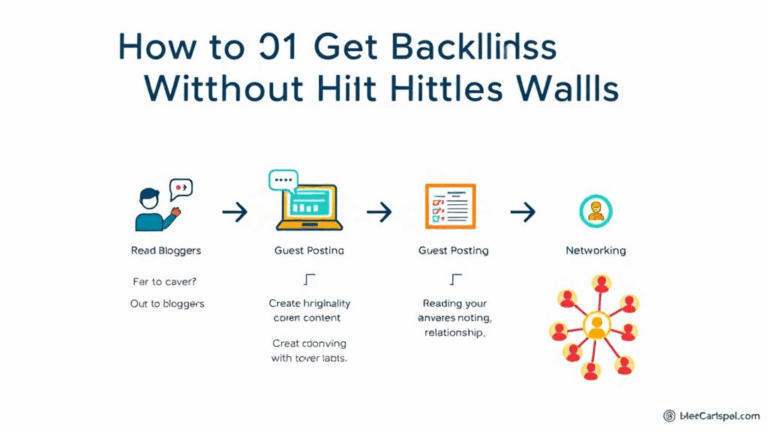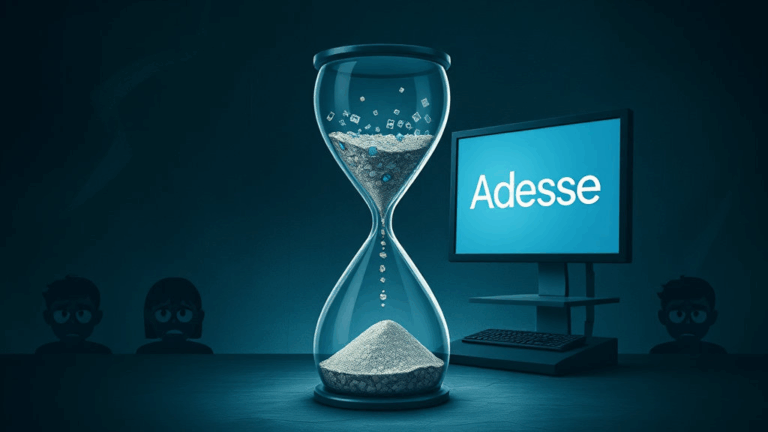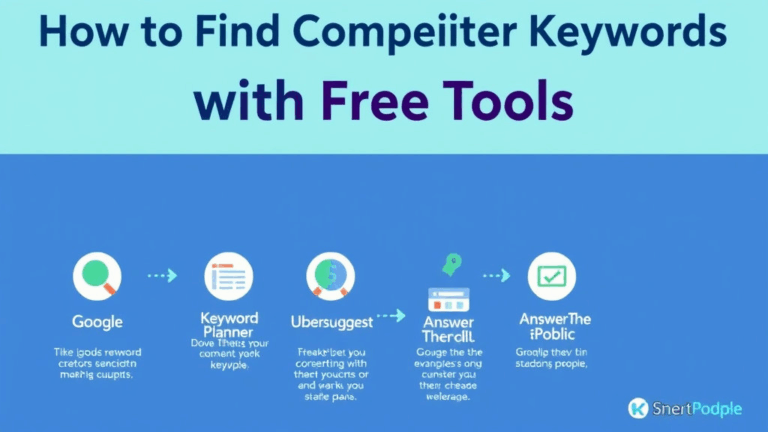How Social Signals Actually Tangle With Search Logic Now
Misfiring Assumptions: Social Signals Are Not Ranking Factors
Let’s just pop the obvious bubble: Google’s folks have said multiple times that social signals — likes, shares, retweets, hearts, etc. — aren’t used directly in organic search rankings. But that’s not the same as saying they’re irrelevant. I’ve had blog posts that nobody touched on Twitter until an industry friend dropped a link, and then suddenly Bing started ranking the piece in the top 10 before Google caught up a few days later.
Why? Because people clicking that link from social were bouncing less and staying longer. That means behavioral signals, not the social graph itself, probably tipped some algorithmic wire, indirectly. And just to be annoying, Facebook’s mobile wrapper sometimes delays the clickstream being registered properly by GA or GTM — but search crawlers don’t care. They just index what they see.
If a post goes viral but links out to incomplete canonical metadata, Google might give up halfway on indexing your preview correctly.
Crawler-Side Visibility of Social Content
It took me way too long to realize LinkedIn renders external links with some client-side crap that Googlebot barely touches. In cases like that, if a post is getting shared 500+ times on platforms that wrap URLs in JS or compress click-through metadata (like WhatsApp does through Bit.ly or Facebook’s l.php), the crawlers may not see a thing. Not the URL pops, and definitely not any markup like Open Graph tags unless the URL is opened in a public browser previewable way.
Couple quick debug notes from that mess:
fetch as Googlerarely handles shortened URLs end-to-end.- Twitter’s t.co links work fine — they still publish full URLs and are publicly visible.
- Instagram hates you and doesn’t let crawlers see outbound links at all.
The edge case? Pinterest — yep, turns out their crawler renders OG tags and rel=canonical pretty well, and if your pins pull in rich metadata, Google appears to treat that as reinforcement chatter for ranking images. Weird overlap that nobody documents cleanly.
Indirect Wins from CTR and Dwell Time Shifts
I ran two simultaneous blog posts last year — one posted raw, one linked in from a Reddit thread in r/webdev. The Reddit-amplified version didn’t just spike traffic — it caused a suspiciously fast lift in Google Discover placements by the second week. Discover relies heavily on engagement.
That’s where social signals come in from the side. If they’re pulling in high-retention traffic, Google absolutely watches for that. Especially when user behavior from those entries maps to Chrome users (yes, user-agent data from Chrome seems to get used even off-SERP). Google didn’t confirm that, obviously, but you tell me — why are some posts that perform on LinkedIn without follow links still getting into Discover if there’s zero crawler pickup?
My working notes from a Saturday night session, straight from the network tab:
User-Agent: Mozilla/5.0 (X11; Linux x86_64) AppleWebKit/537.36
Referrer: https://l.facebook.com/?u=https%3A%2F%2Fmyblogthing.com
Status: 302 → land, then 200
Certain User-Agent + long dwell combo adds visibility quick. It’s ugly, but you can’t ignore how often Google rewards sticky social traffic — even if it’s not labeled as such.
How React Apps Break Rich Previews — and Then Tank SEO
If you do the whole social push thing with a single-page app (SPA), you’ll probably encounter this nightmare at some point: previews don’t render, link unfurls show blank, and share traction dies because users think your content is busted. This crushed me on a project using React Router before we hydrated pages with head tags dynamically.
Googlebot JS rendering arrives late to that party — and worse, Twitter and Facebook unfurlers grab only static HTML. That means if your initial server render doesn’t have:
- Meta description
- Open Graph tags (especially og:image)
- Canonical link
Then you’re gonna have both poor sharing and odd search thumb effects. I assumed Google would eventually interpolate previews based on later crawls. But nah — if the URL got bounced around without previews the first few days, the crawler might cache that preview logic… broken forever.
Fix? Server-side rendering with hydrate-aware Open Graph tags. Or slap something like Next.js and handle getServerSideProps manually to inject OG data consistently.
Why That Matters for Rankings
Bad previews = fewer clicks. Fewer clicks = degraded dwell metrics. Degraded dwell = you guessed it, dropped rankings. Honestly, that’s the only feedback loop that connects social to SEO consistently in my experience.
What Sharing Patterns Trigger Google Index Freshness
This one’s documented poorly, and half the articles out there mix it up completely.
Social sharing itself doesn’t make Googlebot come running. But the pattern of social clicks leading to site navigation does. Especially if it’s new URL paths spun off a main post. I ran split logs through Google Search Console and Cloudflare analytics and found a spike in bot visits when:
- The same landing post hit Reddit, Hacker News, and Facebook within a span of 48 hours
- New UGC comments started appearing (disqus, etc.) — even though they were all JS-injected
- Someone re-referenced a cached preview image through a Facebook group once the OG cache expired
Basically: repeated referrer traffic from high-volume social IPs followed by real-time engagement = freshness ping. Google behaves like CAT5 rain sensors. Enough drizzle and boom — reindex.
So when SEOs say “update your content to refresh rankings,” they should be saying “get someone to reshare it under changing preview states.” That’s what seems to matter more.
How Links From Social Eventually Feed Link Graphs
Again, not directly — but they do in the end.
Here’s how I’ve seen it work in the wild:
- You post a piece on Mastodon/Twitter.
- Someone grabs it for a newsletter or roundup.
- They don’t nofollow that link.
- Google follows and passes juice because now it’s on a crawlable blog or aggregator.
That last step is how social buzz turns into link juice. But it’s indirect and slow. I watched one of my posts go from 0 to eight inbound links after a brief flare-up in a substack newsletter that only happened because someone stumbled on it from LinkedIn.
The discovery loop is still social-first. The ranking jump — that comes later.
Session Fragments from Referrers Mask Data
This won’t shock anyone who’s messed with campaign tracking, but there’s a dumb edge case if you’re relying on UTM fragments on social links. LinkedIn and Facebook both strip or rewrite fragments based on their mobile app wrappers.
So https://example.com/blog?id=123&utm_source=linkedin might get dropped to just /blog, and Googlebot receives no campaign metadata to connect share activity with crawler behavior. Worse, in mobile Safari (especially on iOS 14–16), the first load often gets stuck in preview mode with JS disabled by default inside embedded app browsers. Your active page analytics never sees the hit.
That’s why in my case, a blog post that showed zero referral traffic in GA4 actually led to visibility gains in SERPs, just because the underlying URL gained traction and average click duration went up — even though the referrers didn’t make it into the logs.
A true WTF moment: when invisible traffic from stories on LinkedIn helped boost an evergreen tutorial that seemed unindexed weeks earlier.
Yup. That happened.
